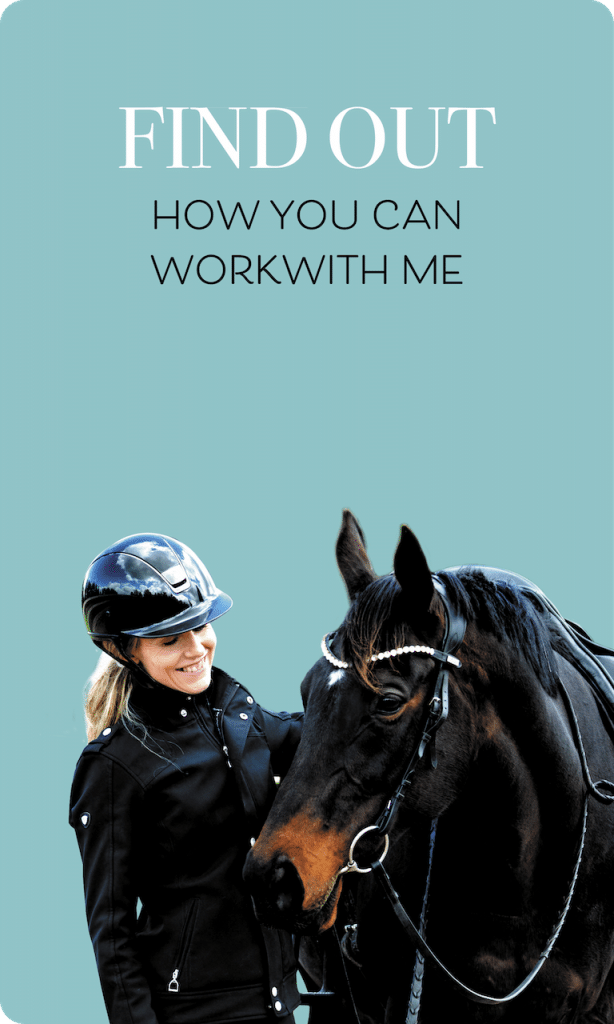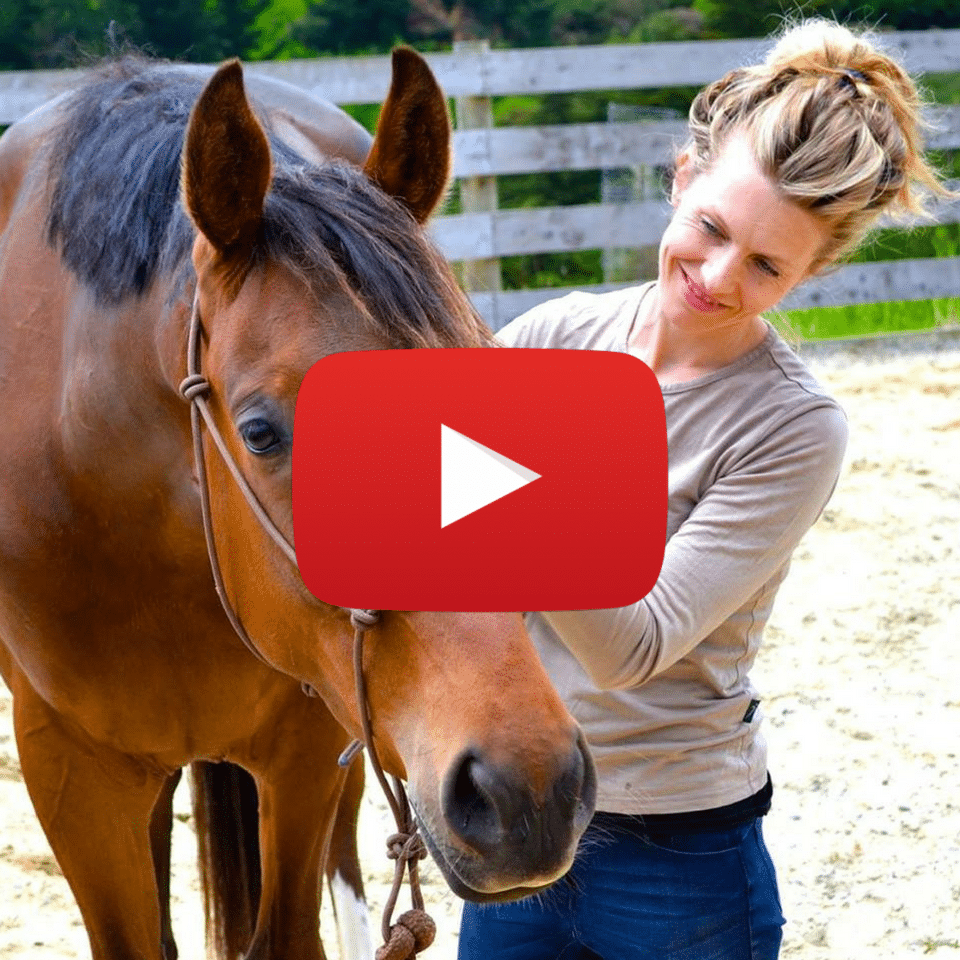I read an article recently that was addressing fear in riders, and the tendency that many of us have to curl up in a fetal position or clamp down in front when we get worried or scared. Along with the discussion, it talked about the psoas muscle and how the psoas muscle acts to essentially close the hip angle as part of the fear response.
The antidote it offered was to press your buttcrack down into the saddle and engage your abs, an action the author said opens and relaxes the front of the hips, counterbalances the action of the psoas muscle and by default increases your confidence.
I’m interested in writing about this because I’ve seen it referenced on multiple occasions but also the information that it highlights is shared and practiced by many riders I have the honour of working with.
So, let’s break it down…
All muscles have something called a line of pull. The line of pull refers to the positioning that the actin and myosin fibers needs to be positioned in so that the muscles can essentially contract and release. For instance, if the fibers are too far apart, the muscle is not very functional. Similarly, if the muscles fibers overlap too much, its function is compromised.
The way that our muscles are recruited is different between the parasympathetic and sympathetic nervous system states, and consequently the line of pull changes. In the sympathetic system, the priority is to maximise our forces of speed, force and acceleration. As a result, some muscles are turned on and some muscles are turned waaay down.
This change is muscle function and availability are informed by structural changes in the body. One of the first things that happens in when the sympathetic reflex system is activated is that the tail tucks and the pelvis tilts posteriorly.
The tilt of the bony structure of the pelvis occurs to trap blood in the legs, but more relevant to this conversation, the line of pull of the psoas muscle is changed. The psoas muscle travels from the lumbar spine, over the front of the pelvis to the lesser trochanter, at the top of the femur. So instead of running vertically up and down in the parasympathetic system, as we move into fight flight, the pelvis changes its angle to be back and up, meaning that the position of the psoas muscle changes also; the muscle literally has a longer distance to “travel” to maintain its position from point A to point B.
We may “complain” about tight psoas muscles and look to “stretch” them, but the start point to the “issue” is that your pelvis is tilted backwards. Your psoas muscles are pretty much just experiencing the side effects of that.
Now on to your butt crack and tail. The top of your tail is where the top of your butt crack is, and the entire tail is about the length of your thumb. Most adults in our society are so sympathetically dominant (so living out of their fight flight nervous system) that the top of the tail is well under the body. In ideal circumstances, when we sit down the top of the tail will be that same distance up off the floor (like in the photo of the baby sitting on the floor). But back to the article…
Sitting or ramming your tail down does not change the position of your pelvis or psoas muscle to make them more open. It’s a physical impossibility. All it actually does is drive you further into a fight flight position. Tightening the abs does the same.
And while we’re here, we might as well talk about the sit bones.
The sit bones get a lot of airtime when it comes to position and balance, and almost all of the instruction that I’ve heard involves positioning your weight directly on and evenly between your sit bones.
If we zoom out for a moment, the entire pelvic bowl changes its position from sympathetic to parasympathetic. In our sympathetic or fight/flight nervous system, both the crest of the pelvis and the underside rim fold in towards midline, changing the orientation of the structures that are a part of it. One of the first things to happen, as we’ve mentioned, is that the pelvis starts to tuck; the musculature and soft tissue of the pelvic floor pulls in and up, the tail curls and the pelvic triangle (of which the sit bones are a part) shifts forward.
Most of our instruction around position and balance assume a tuck of the pelvis. They assume that to be sitting on top of the sit bones is the norm, and in some ways, it has become so. To be functioning dominantly from the sympathetic nervous system has become a hallmark of modern living- but that still doesn’t cancel out the fact that a whole different sense of possibility exists.
In “normal” or parasympathetic functioning, we are designed to be sitting on the long, flat ramus bones that lie between the sit bones at the back and the pubic tubercles on the front. All of these structures sit behind the legs, allowing for both the hamstrings and the adductor muscles to maintain their homeostatic length. In other words, it allows them to move and the fascia to slide without being crammed and jammed up as a consequence of the pelvic tilt.
If you look again at the photos of the baby, this is a beautiful example of parasympathetic posture (the drawing has the pelvis still in a slight tuck). A good marker to train your eye to is the top of the tail, which is where your butt crack starts. You can see how high the tail is here, allowing the sit bones to sit facing to the back diagonal (rather than underneath).
If you sit on the floor with your legs outstretched, notice how high your butt crack is off the ground. For the majority, it’s very close or underneath us. This gives us information of the nature of our own pelvic tuck and the resulting structures.
This drawing is mine (I’m not an artist as evidenced here!) but I wanted to show you some of the consequences of forcing the tail into this position.
I get how when we are afraid or recognize that our body is moving in some funky ways that we search for quick fixes that can “counteract” the way that our body is choosing to move And there are things that we can do (they just take a little longer to practice)…
Jamming your tail down and pulling your belly in will give you leverage, that’s for sure. But as if we’re looking for harmony and balance, it’s not the way forward. Just sayin’.
Onwards.
♥️ Jane







